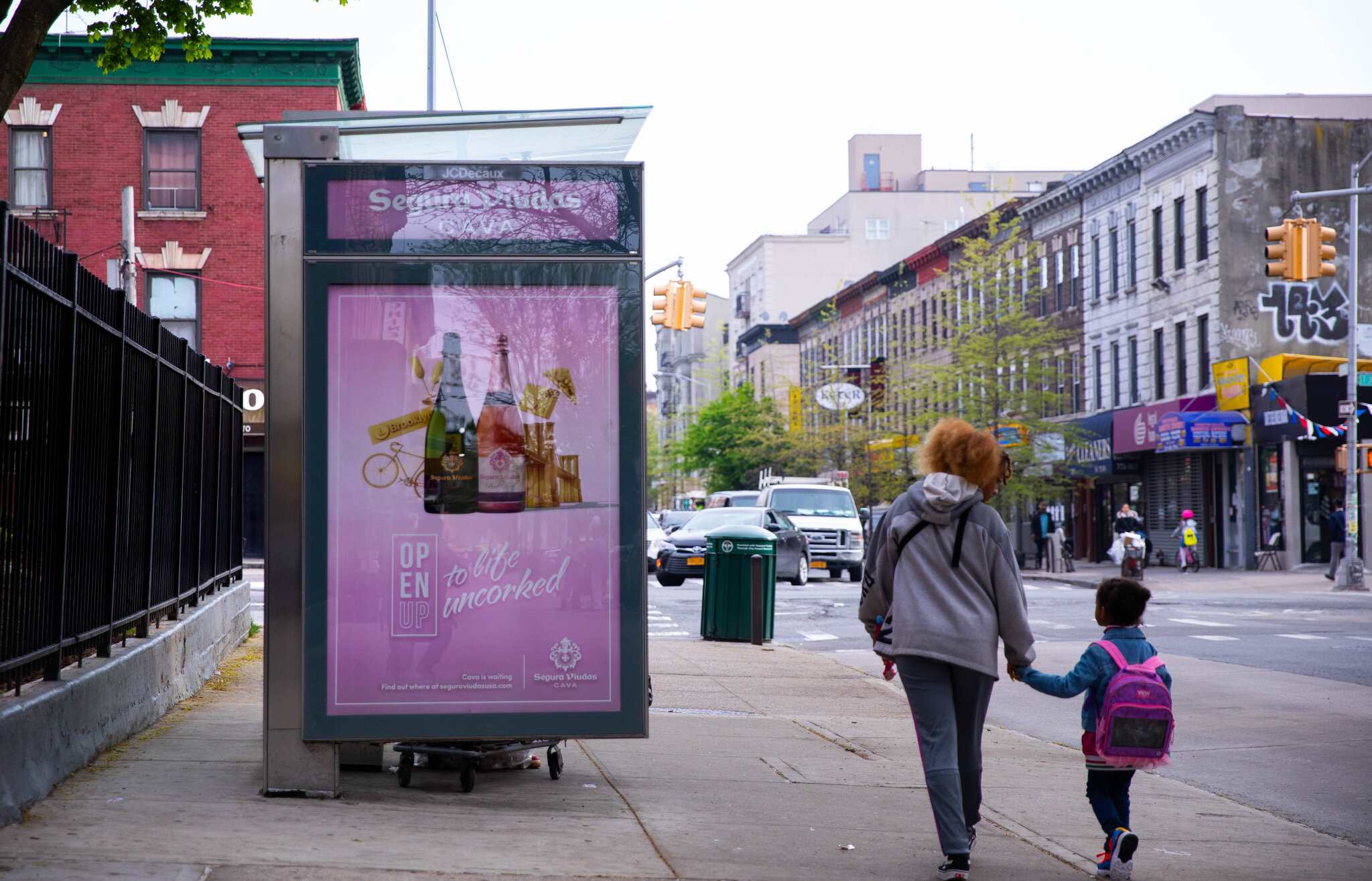Alcohol addiction is a significant public health issue that affects millions of people worldwide. One of the factors contributing to alcohol consumption and subsequent addiction is advertising. Alcohol advertising is pervasive, often glamorizing drinking and influencing individuals’ attitudes and behaviors towards alcohol. This article explores the impact of alcohol advertising on addiction rates, examining the evidence and implications for public health.
The Pervasiveness of Alcohol Advertising
The Reach of Alcohol Advertising
Alcohol advertising is widespread, appearing in various forms of media, including television, radio, print, and digital platforms. According to the Federal Trade Commission (FTC), the alcohol industry spends billions of dollars annually on marketing and advertising efforts aimed at promoting their products.
– Television and Radio: Alcohol advertisements are commonly seen during sports events, prime-time shows, and other popular programming.
– Social Media and Digital Platforms: Companies leverage social media and digital marketing to reach younger audiences through targeted ads, influencer partnerships, and engaging content.
– Print Media: Magazines, newspapers, and billboards often feature eye-catching alcohol advertisements.
Target Audiences
Alcohol advertisements often target specific demographics, including young adults, which raises concerns about the influence on underage drinking. Research published in the Journal of Studies on Alcohol and Drugs indicates that exposure to alcohol advertising is associated with an increased likelihood of drinking among adolescents.
The Impact of Alcohol Advertising on Consumption
Normalizing Alcohol Use
Alcohol advertising plays a significant role in normalizing alcohol use and creating a culture where drinking is seen as an essential part of social life. Advertisements frequently depict alcohol consumption as glamorous, fun, and socially acceptable, reinforcing the idea that drinking is a normative behavior.
– Social Acceptance: Ads often show attractive, successful people enjoying alcohol in social settings, suggesting that drinking is key to social success and happiness.
– Glamorization: The portrayal of alcohol in a positive light can make it more appealing, particularly to impressionable youth and young adults.
Influencing Attitudes and Beliefs
Alcohol advertisements can shape individuals’ attitudes and beliefs about drinking, often downplaying the risks and highlighting the perceived benefits.
– Risk Perception: By focusing on the pleasurable aspects of drinking, ads can reduce the perception of alcohol-related risks, such as addiction, health problems, and impaired judgment.
– Consumption Patterns: Repeated exposure to alcohol advertising can influence drinking patterns, encouraging more frequent and higher levels of consumption.
Evidence Linking Advertising to Addiction Rates
Research Findings
Several studies have investigated the relationship between alcohol advertising and consumption, providing evidence of its impact on addiction rates.
– Increased Consumption: A meta-analysis published in *Alcohol and Alcoholism* found that greater exposure to alcohol advertising is associated with increased alcohol consumption among both adults and adolescents.
– Adolescent Drinking: Research from the *American Journal of Public Health* indicates that adolescents exposed to alcohol advertising are more likely to start drinking at an earlier age and consume more alcohol than their peers who are less exposed.
Case Studies and Statistics
Case studies and statistical analyses further illustrate the impact of alcohol advertising on addiction rates.
– Australia: A study conducted in Australia found that young people who were exposed to high levels of alcohol advertising were more likely to engage in binge drinking and develop alcohol-related problems later in life.
– United States: The National Institute on Alcohol Abuse and Alcoholism (NIAAA) reports that underage drinking costs the U.S. economy approximately $24 billion annually, with advertising playing a significant role in promoting alcohol use among minors.
Public Health Implications
Regulatory Measures
Given the evidence linking alcohol advertising to increased consumption and addiction rates, there is a strong case for implementing regulatory measures to mitigate its impact.
– Advertising Restrictions: Limiting alcohol advertising, particularly in media channels accessible to minors, can help reduce exposure and subsequent drinking behavior.
– Warning Labels: Requiring warning labels on alcohol advertisements about the risks of addiction and health consequences can increase awareness and deter consumption.
Education and Awareness Campaigns
Public health campaigns aimed at educating individuals about the risks of alcohol use and the influence of advertising can counteract the glamorized portrayal of drinking.
– Media Literacy: Teaching media literacy skills can help individuals critically evaluate alcohol advertisements and understand their persuasive intent.
– Preventive Programs: School-based programs that address the impact of advertising and promote healthy, alcohol-free lifestyles can be effective in reducing underage drinking.
Supporting Research and Policy Development
Continued research is essential for understanding the full impact of alcohol advertising and developing effective policies to reduce alcohol-related harm.
– Longitudinal Studies: Long-term studies can provide deeper insights into how advertising influences drinking behavior over time.
– Policy Evaluation: Assessing the effectiveness of existing regulations and policies can help refine strategies to protect public health.
Conclusion
Alcohol advertising has a significant impact on consumption patterns and addiction rates, particularly among vulnerable populations such as adolescents and young adults. By normalizing alcohol use and influencing attitudes towards drinking, advertising contributes to the public health burden of alcohol addiction. Implementing regulatory measures, promoting education and awareness, and supporting ongoing research are crucial steps in mitigating the impact of alcohol advertising and reducing addiction rates. Addressing the influence of alcohol advertising is essential for fostering a healthier, safer society.
References
– Federal Trade Commission (FTC). (2020). Alcohol Marketing and Advertising. Retrieved from [FTC](https://www.ftc.gov/news-events/press-releases/2020/06/ftc-report-shows-advertising-alcohol-products)
– Journal of Studies on Alcohol and Drugs. (2010). Alcohol Advertising and Youth Drinking. Retrieved from [JSAD](https://www.jsad.com/)
– Alcohol and Alcoholism. (2015). The Impact of Alcohol Advertising on Alcohol Consumption: A Systematic Review. Retrieved from [Oxford Academic](https://academic.oup.com/alcalc/article/50/1/56/211695)
– American Journal of Public Health. (2012). Exposure to Alcohol Advertisements and Early Initiation of Alcohol Use. Retrieved from [AJPH](https://ajph.aphapublications.org/)
– National Institute on Alcohol Abuse and Alcoholism (NIAAA). (2021). Underage Drinking. Retrieved from [NIAAA](https://www.niaaa.nih.gov/publications/brochures-and-fact-sheets/underage-drinking)







